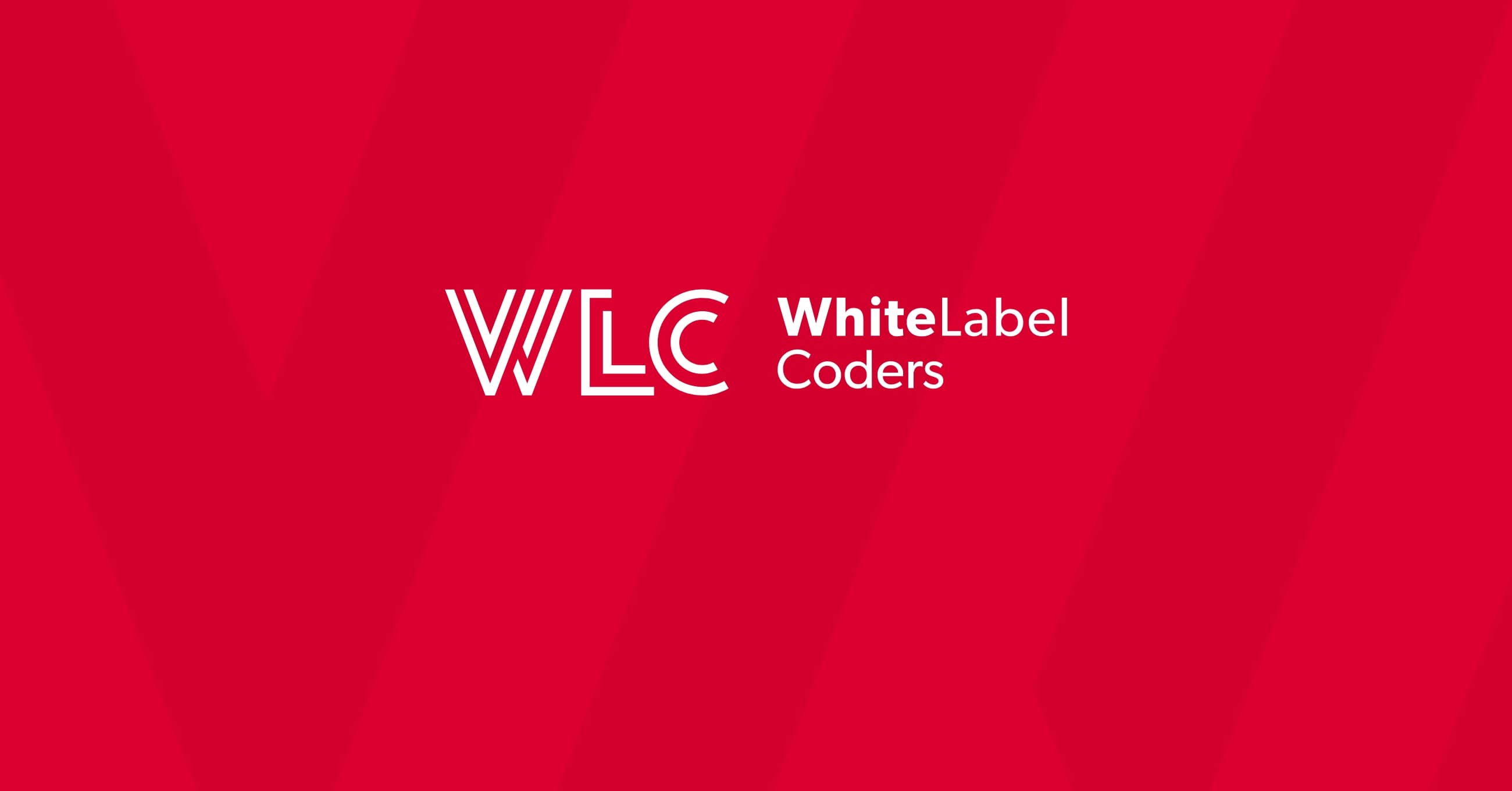Category: SEO AI
What is the difference between WordPress and custom HTML?

The main difference between WordPress and custom HTML is that WordPress is a content management system that uses a database to dynamically generate web pages, whilst custom HTML involves hand-coding static websites directly. WordPress offers easier content management and extensive functionality through themes and plugins, whereas custom HTML provides complete control over code and typically delivers faster loading speeds for simpler websites.
Understanding WordPress vs custom HTML: the fundamental choice
When building a website, you’re essentially choosing between two completely different approaches to web development. WordPress represents the dynamic approach, where your content lives in a database and gets assembled into web pages on demand. It’s like having a smart assistant that builds your pages automatically based on templates and stored information.
Custom HTML, on the other hand, is the traditional method where every page is hand-coded and exists as individual files on your server. Think of it as crafting each page individually, giving you complete control over every element but requiring more technical expertise.
This choice affects everything from your initial development timeline to long-term maintenance requirements. Understanding these fundamental differences helps you make an informed decision that aligns with your project goals, technical resources, and business objectives.
What is WordPress and how does it work?
WordPress is a database-driven content management system that powers over 40% of all websites globally. It stores your content, images, and settings in a MySQL database, then uses PHP programming to dynamically create web pages when visitors request them.
The system works through several key components working together seamlessly. Your content gets stored in the database, whilst themes control how everything looks and functions control what your site can do. When someone visits your site, WordPress queries the database, retrieves the relevant content, applies your chosen theme’s styling, and delivers a complete web page to the visitor’s browser.
What makes WordPress particularly powerful is its extensive ecosystem. You can choose from thousands of pre-built themes to change your site’s appearance instantly, and plugins extend functionality without coding knowledge. Whether you need an online shop, contact forms, or SEO tools, there’s likely a plugin available.
For businesses requiring unique functionality, WordPress custom development allows you to create bespoke solutions whilst maintaining the CMS’s user-friendly content management capabilities.
What is custom HTML and when should you use it?
Custom HTML development involves hand-coding websites using HTML, CSS, and JavaScript without relying on a content management system. Each page exists as a separate file on your server, containing all the code needed to display that specific page.
This approach gives you complete control over every aspect of your website. You decide exactly how the code is structured, which resources load, and how elements behave. There’s no database overhead, no plugin conflicts, and no theme limitations to work around.
Custom HTML works best for specific scenarios. If you’re building a simple brochure website that rarely changes, need maximum loading speed, or require very specific functionality that doesn’t fit standard CMS patterns, custom coding might be your best option. It’s also ideal when you want to showcase unique design elements or create highly interactive experiences that would be difficult to achieve within a CMS framework.
However, this approach requires solid technical skills for both development and ongoing maintenance. Every change, no matter how small, requires coding knowledge or developer assistance.
How do development costs compare between WordPress and custom HTML?
WordPress typically offers lower initial development costs due to its extensive library of pre-built themes and plugins. You can launch a functional website quickly by customising existing components rather than building everything from scratch.
Custom HTML development usually requires higher upfront investment because everything must be coded individually. However, the cost varies significantly based on complexity. A simple static site might cost less than a complex WordPress build, whilst a feature-rich custom application will cost considerably more.
Consider these ongoing cost factors. WordPress requires regular updates for the core system, themes, and plugins, plus potential security monitoring. You might also need hosting optimised for WordPress, which can cost more than basic static hosting.
Custom HTML sites have minimal ongoing costs once built. They require basic hosting, occasional content updates, and periodic security reviews, but there are no system updates or plugin maintenance costs. However, any significant changes or additions require developer time, which can add up over time.
Which option offers better performance and speed?
Custom HTML websites generally deliver faster loading speeds because they serve static files directly without database queries or server-side processing. When someone visits your site, the server simply sends the pre-built HTML file, making the process incredibly efficient.
WordPress sites require more server resources because they must query the database, process PHP code, and assemble pages dynamically for each visitor. This additional processing time can impact loading speeds, especially on shared hosting or with poorly optimised sites.
However, modern WordPress optimisation techniques can significantly close this performance gap. Caching plugins store pre-generated versions of your pages, content delivery networks distribute your files globally, and various optimisation tools compress images and minify code.
The performance difference becomes less significant for most real-world scenarios when WordPress sites are properly optimised. Unless you’re building a high-traffic site where every millisecond matters, both approaches can deliver excellent user experiences with proper implementation.
How do maintenance and updates differ between the two approaches?
WordPress requires regular maintenance to keep your site secure and functioning properly. You’ll need to update the core WordPress software, themes, and plugins regularly. These updates often include security patches, bug fixes, and new features.
The maintenance process can be straightforward with automatic updates enabled, but sometimes updates cause conflicts between plugins or break custom functionality. This means you should test updates on a staging site before applying them to your live website.
Custom HTML sites require minimal ongoing maintenance once built. There’s no software to update, no plugins to manage, and no database to maintain. Your main concerns are keeping your hosting secure and making content updates when needed.
However, any significant changes to custom HTML sites require coding knowledge. Adding new pages, updating layouts, or implementing new features means writing code or hiring a developer. WordPress users can often make these changes through the admin interface without technical skills.
What are the scalability and flexibility differences?
WordPress excels at content scalability and feature expansion. Adding new pages, blog posts, or product listings is straightforward through the admin interface. The plugin ecosystem means you can add new functionality like contact forms, e-commerce capabilities, or membership systems without custom development.
As your business grows, WordPress can accommodate changing needs relatively easily. You can switch themes to refresh your design, add new functionality through plugins, or implement custom features through development work whilst maintaining your existing content and structure.
Custom HTML sites face scalability challenges when growth requires new functionality. Adding a blog, user accounts, or dynamic content often means rebuilding significant portions of the site or integrating third-party services. Each new feature requires custom development work.
However, custom HTML offers unlimited flexibility in terms of design and functionality. You’re not constrained by theme limitations or plugin compatibility issues. If you can code it, you can implement it exactly as envisioned.
Making the right choice: key takeaways for your project
Choose WordPress when you need content management capabilities, plan to update your site regularly, or want to add features over time. It’s ideal for blogs, business websites, e-commerce stores, and any site where non-technical users need to manage content.
Consider custom HTML for simple, static websites that rarely change, when you need maximum performance, or when you’re building something highly unique that doesn’t fit standard CMS patterns. It’s also suitable when you have specific technical requirements that would be difficult to achieve within WordPress constraints.
Think about your long-term needs and available resources. WordPress requires ongoing maintenance but offers easier content management and feature expansion. Custom HTML needs minimal maintenance but requires technical expertise for any changes.
Many successful projects combine both approaches strategically. You might use WordPress for content-heavy sections whilst implementing custom HTML for specific high-performance landing pages or unique interactive elements.
The best choice depends on your specific requirements, technical resources, budget constraints, and long-term goals. Consider consulting with experienced developers who can assess your needs and recommend the most suitable approach for your particular situation.

